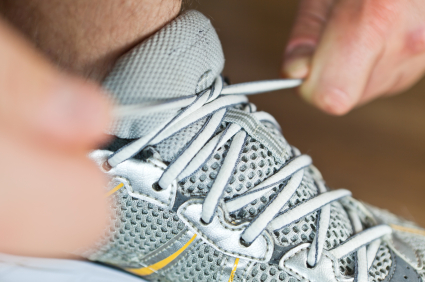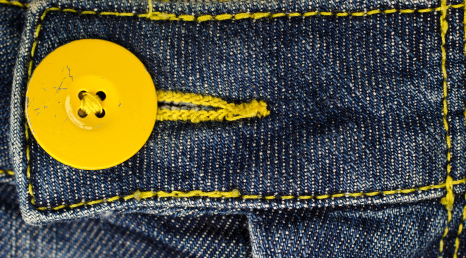Hemiplegic Cerebral Palsy
Hemiplegic Cerebral Palsy
 One of my favorite groups of patients to work with using Interactive Metronome® are those affected by hemiplegia. These are my kiddos who either totally neglect one of their arms, or who only use their arm when absolutely necessary. They constantly hear “use both hands” or “use your helper hand” time and time again. There are other options for those affected with hemiplegia such as constraint-induced therapy, which can also be beneficial, but IM is a great way to get them to start using their affected upper extremity.
One of my favorite groups of patients to work with using Interactive Metronome® are those affected by hemiplegia. These are my kiddos who either totally neglect one of their arms, or who only use their arm when absolutely necessary. They constantly hear “use both hands” or “use your helper hand” time and time again. There are other options for those affected with hemiplegia such as constraint-induced therapy, which can also be beneficial, but IM is a great way to get them to start using their affected upper extremity.
Where I work, we use the Jebsen Test of Hand function prior to starting IM sessions so we can clearly see a right/left difference in a measurable way. The IM program itself has an assessment which his helpful as well. This makes it very easy for my patients and their families to see progress at the end of our time together.
One of the reasons I feel that I am able to see changes in these children so quickly is that they are reaching, grabbing, hitting, boxing, pressing switches through thousands of repetitions – not just the 10-20 reaching for this and that that we do in more traditional therapy. I also like it because I can decide if we are doing exercises with either both hands or just the affected one. We are able to help the brain forge new pathways that include the use of the affected side as well as pathways that tie both sides of the body together for improved bilateral coordination.
The flexibility of the IM program is great. We are able to design exercises to include weight bearing on the affected arm, crossing midline, reaching in any direction, elbow flexion and extension, wrist movement, finger movement, you name it! Many times even during a simple motion such as clapping, I have been able to observe their affected side begin to form a more symmetrical motion, which improves overall posture.

I also see improvement in the affected lower extremity. Muscle groups can be teased and focused, through the motions that you perform with the switches. Things like theraband or weights can be added for increased strength. Using the touch pad or gait with the feet to gain lower extremity coordination and a smoother gait pattern.
Functionally, this training has led to improved bilateral skills. Things such as buttoning pants, tying shoes, holding a paper when cutting with scissors, using a knife and fork to cut food, putting in a pony tail – all these things are easier to complete when you are able to use both sides of your body together to complete the task. Using Interactive Metronome as part of your therapy protocol to treat hemiplegia seems to be very affective and certainly worth the time and effort to give it a try.
